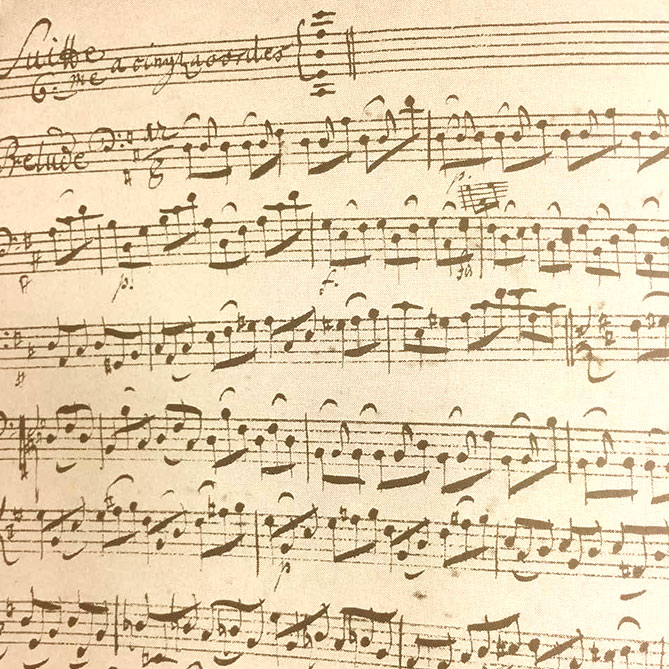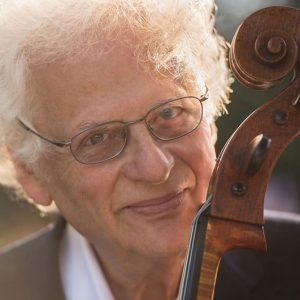
The Bach Suites Dilemma
Laurence Lesser
For longer than any of us may care to remember, we know that violinists are blessed with a beautiful manuscript of Bach’s 6 solo works they have, carefully written out by the composer; but sometime after he wrote the 6 suites for solo cello (finished by 1721) his manuscript disappeared, probably after his death, and has to date never been found. We are very lucky to have 2 sources, each important in different ways, that have saved these works from oblivion: copies by his wife, Anna Magdalena and by his Leipzig fellow musician, Johann Peter Kellner. While each has its share of problems, we have more than enough from them to be able to perform these great works. But still, no MS from the composer . . . In this context, the existence of JS’s contemporaneous transcription for lute of the fifth suite, with a manuscript in the composer’s hand, is of greatest interest and value. (This MS and both copies have all been dated by musicologists as ca. 1728-9.)
I first became aware of this manuscript in 1965, as I was preparing for the Tchaikovsky Competition of the following year with my teacher, Gregor Piatigorsky. He had an old-fashioned copy of it on heavy photo paper. The original is in the Royal Library in Brussels and can now be seen on IMSLP. While the lute version is in g minor, it is really the same piece as the c minor cello suite, but the differences are truly revelatory: filled out counterpoint in the fuga and other movements as well as a bass line in Gavotte II; unexpected harmonies in double stops throughout, while in the cello version there are mostly only solo notes; and written out ornaments. I needed only the suite’s prelude for the competition and focused on that. My performance of it in Moscow was widely commented on, but then life went on and I didn’t pay more attention to it.
In 1983 I was named President of NEC and, while I never stopped performing and teaching, I also didn’t have enough time to learn new repertoire let alone return to what I had started with the suite. As that big administrative role was winding down, I was determined to do my best to catch up and one of the most obvious things to do was to make a full transcription from the lute manuscript back to cello. I completed that transcription late spring of 1995 and made a test recording of it that June at the Banff Center for the Arts in Canada.
Over the years since, I returned to the transcription often, tweaking it to make it more realistically playable (there is no way a cello can play all the added notes for the lute). I learned that most important was to add only enough notes to highlight the differences and I settled on a version in which the Prelude is done based on the lute version and all the dance movements are first played in the cello version and the lute version in the repeats. And I can also add that perhaps with a few extra ornaments, every note in my version is written by the composer (not even filled out chords across 3 strings).
Why is this version important? Simply because it gives us so many insights into Bach’s thinking about harmony and clear examples of his ideas about ornaments – not simply where to add them, but equally where not to. I think of the comparison in the dance movements as “black and white” vs “color” – each version wonderful but the differences truly fascinating. Even if cellists choose not to play this version, my hope is that an awareness of his added ideas will be heard internally and influence the performance. Maybe the most telling movement is the Sarabande, almost identical in both versions, but with some startling deeply felt harmonizations of not more than about a dozen notes.
So, there it is! You can hear it in my complete suites recording released in 2015 and available through my website laurencelesser.com, where you will find more written about my approach to the suites – and other things, hopefully also of interest. I am now exploring a way to publish the transcription and share that result on the website when that’s done.
Subjects: Baroque, Repertoire
Tags: Bach, Bach Cello Suites, Interpretation
